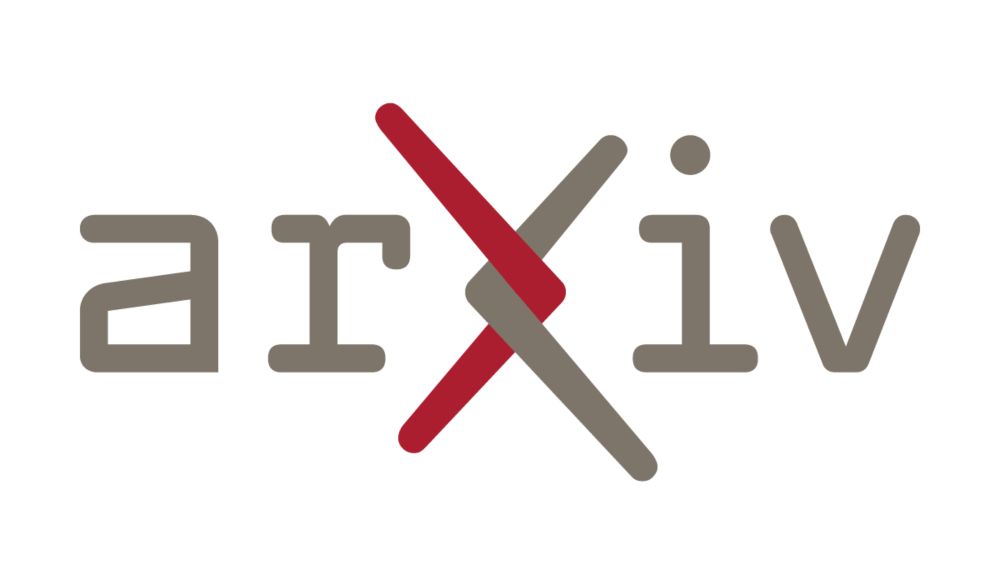Paul Sharp
@paulbsharp.bsky.social
1K followers
290 following
200 posts
Assistant professor of psychology, Bar-Ilan University | computational cognitive science & psychiatry
"Discovery happens less when you're trying to be the expert and more when you're trying to be the learner." - Itai Yanai
Website: sharplabbiu.github.io
Posts
Media
Videos
Starter Packs
Pinned
Reposted by Paul Sharp
Reposted by Paul Sharp
Reposted by Paul Sharp
Reposted by Paul Sharp
Reposted by Paul Sharp
Reposted by Paul Sharp
Reposted by Paul Sharp
Reposted by Paul Sharp
Paul Sharp
@paulbsharp.bsky.social
· Sep 4
Paul Sharp
@paulbsharp.bsky.social
· Sep 3
Reposted by Paul Sharp
Mark Ho
@markkho.bsky.social
· Sep 3

A timeline of cognitive costs in decision-making
Recent research from economics, psychology, cognitive science, computer science, and
marketing is increasingly interested in the idea that people face cognitive costs
when making decisions. Reviewing ...
www.cell.com
Paul Sharp
@paulbsharp.bsky.social
· Aug 30
Pete Hitchcock
@pf-hitchcock.bsky.social
· Aug 29

Information for prospective graduate students
The Translational Lab will be reviewing applications this cycle! Prospective students can apply through Clinical Science or Cognitive and Computational Sciences in the Emory Psychology Department to ...
docs.google.com
Reposted by Paul Sharp
Ti-Fen Pan
@tifenpan.bsky.social
· Aug 29

Latent variable sequence identification for cognitive models with neural network estimators - Behavior Research Methods
Extracting time-varying latent variables from computational cognitive models plays a key role in uncovering the dynamic cognitive processes that drive behaviors. However, existing methods are limited ...
doi.org
Paul Sharp
@paulbsharp.bsky.social
· Aug 27
Reposted by Paul Sharp















